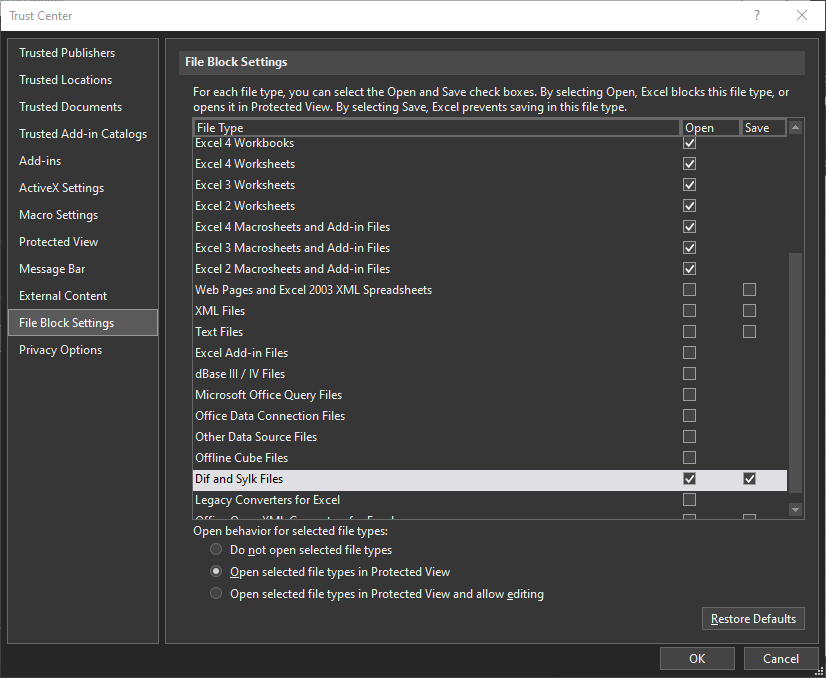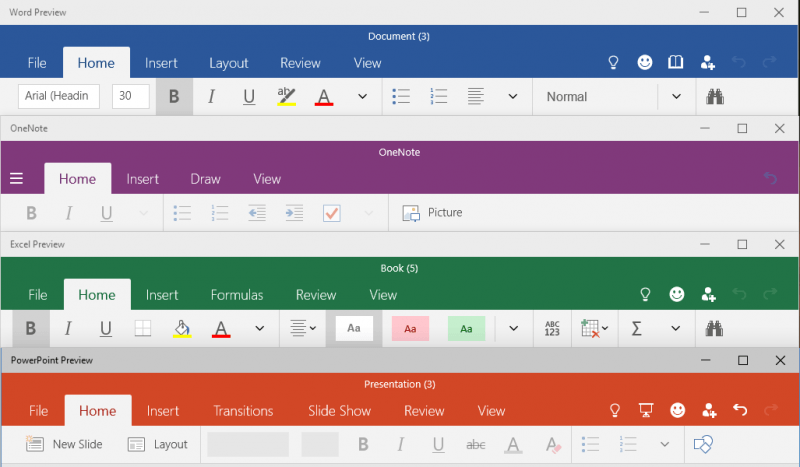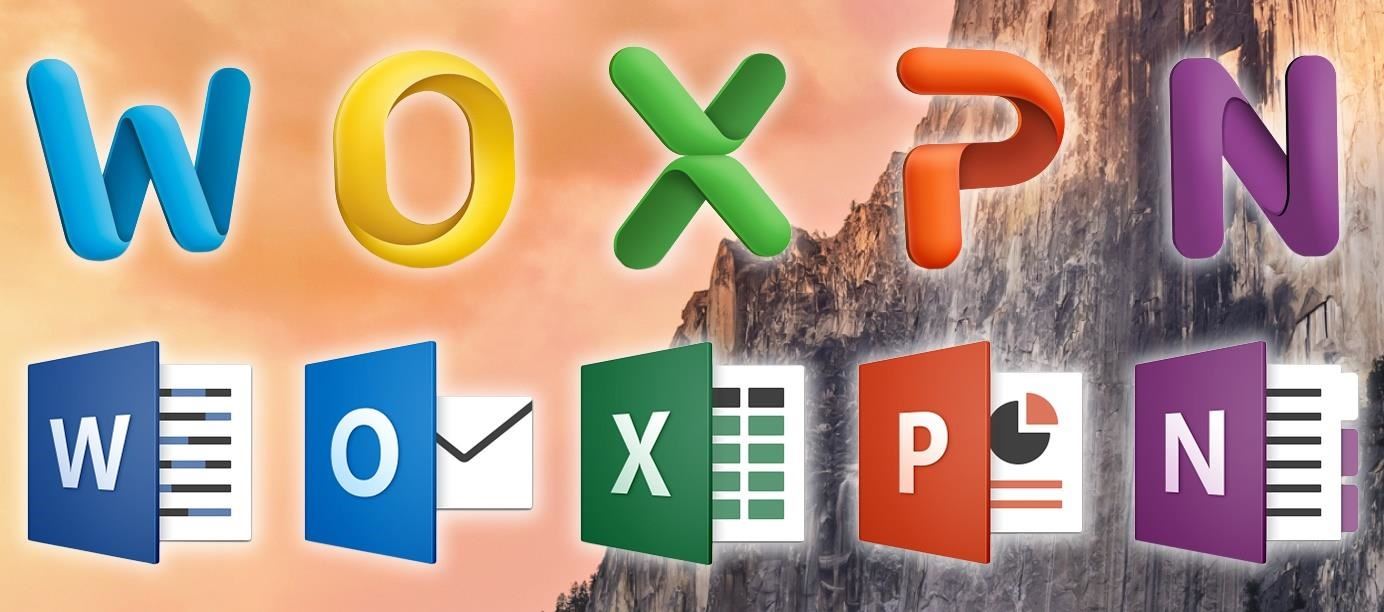

- #OFFICE 2016 FOR MAC RADIO BUTTONS CODE#
- #OFFICE 2016 FOR MAC RADIO BUTTONS PLUS#
- #OFFICE 2016 FOR MAC RADIO BUTTONS PROFESSIONAL#
- #OFFICE 2016 FOR MAC RADIO BUTTONS SERIES#
#OFFICE 2016 FOR MAC RADIO BUTTONS CODE#
Control button checkBox dynamicMenu gallery menu menuSeparator splitButton toggleButton But this will only work in Excel 2010-2016, so if not all your users use Excel 2010 or higher it is better to use VBA code to change your context menu so it works in every Excel version. You can turn zipping off by clicking the Dont Zip radio button.

The advantage of RibbonX in Excel 2010-2016 is that you can add controls that are not possible to add with VBA, the following lists the controls allowed in context menus. Note: In Mac Office 2016 it is not possible anymore to change this menu with VBA code, RibbonX is the only way to do it in the Mac 2016 version, RibbonX is not working in Mac Office 2011, you need VBA code in this version. The only way to change this menu up to Excel 2007 is to use VBA code, but in Excel 2010-2016 you can also change a context menu with RibbonX. Note: On the bottom of the menu you also see the name of the idMso of this menu added by the Microsoft add-in discussed later in this article.
#OFFICE 2016 FOR MAC RADIO BUTTONS PLUS#
In future articles we’ll look at the many hidden options in Word’s indexing plus some of its shortcomings.The screenshot below is from the Excel 2010 Cell menu. If you have made any changes to your index entries, always remember to click anywhere on your index and press F9 for those changes to appear in the index itself. When you are happy with your index layout as it appears in the preview pane, click the “OK” button and your index will be displayed in all its glory. To design a custom style click the “Modify” button, choose a style and customize as you see fit. The available styles haven’t changed much over the years, in Word 365 are: The “Formats” drop down box gives you a number of pre-defined styles to choose from that can be seen in the preview pane. On the ribbon, go to “Reference | Index | Mark Entry” to bring up the “Mark Index Entry” dialog box. Use the Alt + Shift + X keyboard shortcut to insert index entries. To enter your own text as an index entry instead, simply click where you want to insert it.

To use existing document text as an index entry, first select a word or phrase that you wish to include in your index or just place the cursor at the right-place in the document. This is an Index Entry field formatted as hidden text. They are hidden from normal views of the document but do show up with the right settings.

If you want to create a menu button, there is a blank one in the New Menu category. In short, here’s how indexing works in Word.Įntries are created by selecting parts of the text and adding an Index Entry. You can use any button in the Customize dialog (select a category on the left to see additional buttons). Word’s Indexing features have barely changed in well over twenty years! Some button positions have moved but the core technology, field codes and shortcut are the same as in Word 6 from 1993.
#OFFICE 2016 FOR MAC RADIO BUTTONS SERIES#
Hence this series in Office for Mere Mortals, starting this week with the basics setting up a document to be indexed and then making a simple index.
#OFFICE 2016 FOR MAC RADIO BUTTONS PROFESSIONAL#
There are professional indexers for a reason. This isn’t a slight against Word whose features are mostly adequate, but rather a testament to a conceptually difficult process that needs human judgement. Unfortunately, creating an index in Microsoft Word can be difficult and time-consuming to do on a large scale. Indexes still have a place, especially in printed books. Online documents (in Word format, web pages or PDF) can be easily searched using Ctrl + F, making an index less needed. These days, indexes aren’t as common as they once were.


 0 kommentar(er)
0 kommentar(er)
